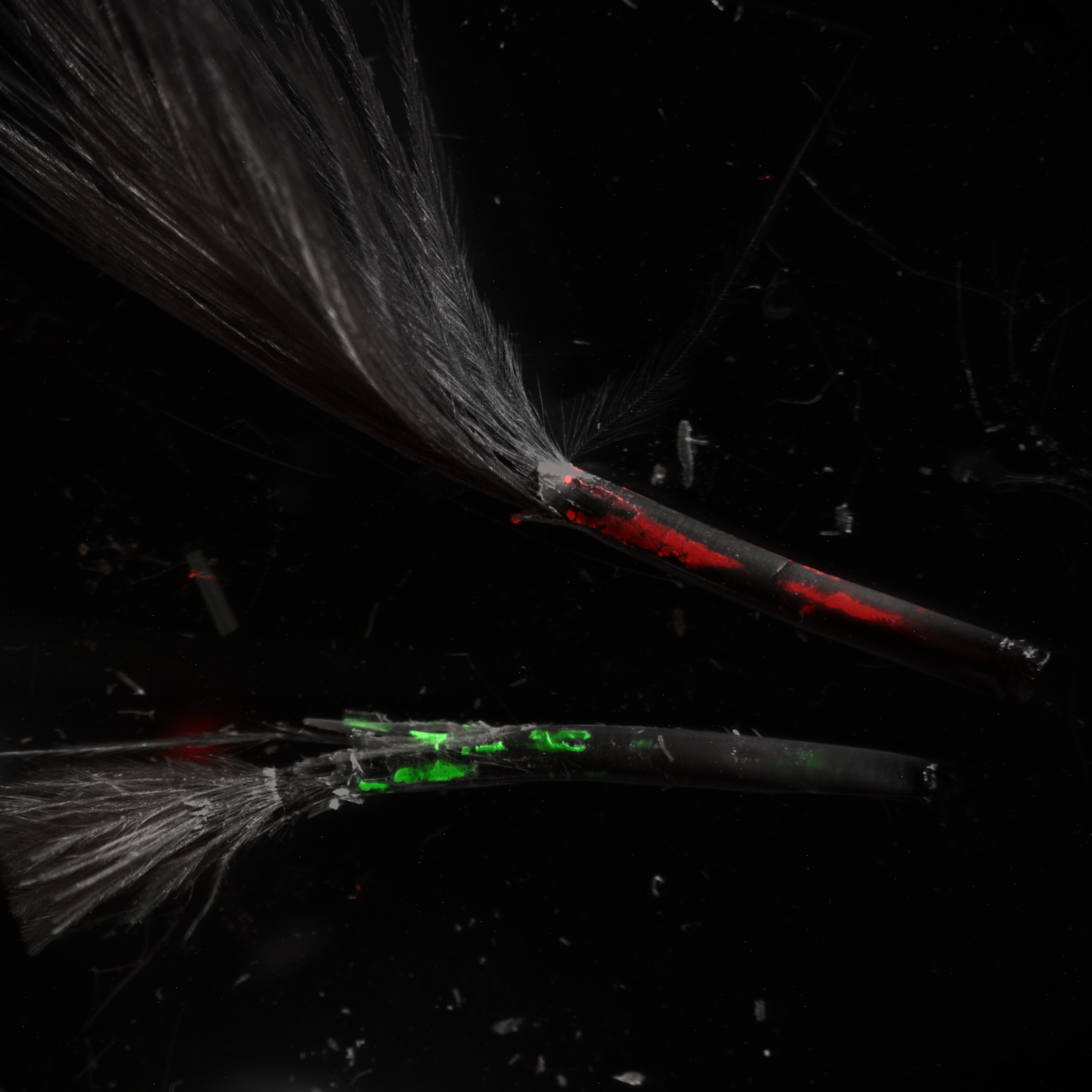The 5' leader of the mRNA encoding the Marek's disease virus serotype 1 pp14 protein contains an intronic internal ribosome entry site with allosteric properties
We demonstrate the presence of a functional internal ribosome entry site (IRES) within the 5? leader (designated 5L) from a variant of bicistronic mRNAs that encode the pp14 and RLORF9 proteins from Marek's disease virus (MDV) serotype 1. Transcribed as a 1.8-kb family of immediate-early genes, the mature bicistronic mRNAs have variable 5? leader sequences due to alternative splicing or promoter usage. Consequently, the presence or absence of the 5L IRES in the mRNA dictates the mode of pp14 translation and leads to the production of two pp14 isoforms that differ in their N-terminal sequences. Real-time reverse transcription-quantitative PCR indicates that the mRNA variants with the 5L IRES is two to three times more abundant in MDV-infected and transformed cells than the mRNA variants lacking the 5L IRES. A common feature to all members of the 1.8-kb family of transcripts is the presence of an intercistronic IRES that we have previously shown to control the translation of the second open reading frame (i.e., RLORF9). Investigation of the two IRESs residing in the same bicistronic reporter mRNA revealed functional synergism for translation efficiency. In analogy with allosteric models in proteins, we propose IRES allostery to describe such a novel phenomenon. The functional implications of our findings are discussed in relation to host-virus interactions and translational control.
Back to publications

